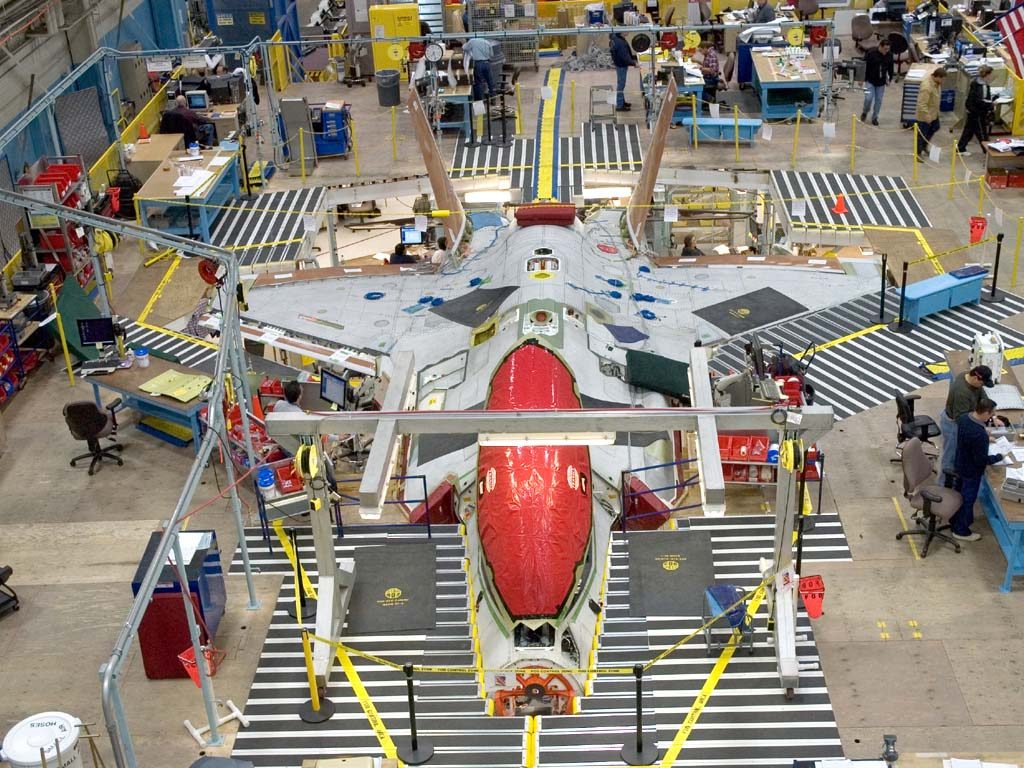
From Magnus Nordenman, the New Atlanticist: While military forces have grown ever more sophisticated, their size and density have been on the decline for decades. In 1939, before the outbreak of World War II, the French navy boasted seven battleships, one aircraft carrier, seven heavy cruisers, 12 light cruisers, 78 destroyers, and 81 submarines. Today, France, with the world’s fourth-largest defense budget, has a core fighting fleet consisting of one aircraft carrier, four amphibious ships, 12 frigates, and six attack submarines.
In 1842, Britain fielded 14,000 soldiers for the Battle of Kabul, while at the same time having enough reserve manpower to police an empire on which the sun never set. In 2012, with the U.K. still having the fifth-largest defense budget and not much of an empire, senior British military leaders have repeatedly told the British public, the political leadership in London, and anyone else who cares to listen that the deployment of a mere 8,000 British soldiers to Afghanistan on a sustained basis is almost breaking the force. . . .
One reason for the shrinkage of the modern military is cost. Fielding fully-capable state of the art armed forces is expensive. Ever more exquisite and sophisticated weapons, systems, and platforms demand a growing share of a country’s defense budget, crowding out other priorities and reducing the number of systems and platforms a government can buy. But the explanation isn’t limited to the defense-industrial sector. The manpower required to man, maintain, service, arm, and upgrade these expensive machines is also an expensive outlay. . . .
A well-equipped Western soldier of today is not only required to be able to operate his basic weapon and other bits of traditional soldiering gear. He also is expected to be able to be proficient in the use of advanced weapon sights, GPS devices, handheld computers, and night-vision goggles. Platoon leaders in Western militaries (usually people in their early 20s not long out of college) are responsible for weapons, equipment, and vehicles worth tens of millions of dollars.
The numbers behind these trends are stark. According to the U.S. Department of Defense, it cost roughly $2,600 in today’s dollars to equip a rifleman during World War II. Today, the number is close to $20,000. . . .
Even though modern military systems and units can outperform their predecessors by wide margins, they need a certain mass or density of systems or units in order to be able to respond to multiple contingencies, react to surprise, have a reserve at the ready, sustain deployments over time, or to achieve decisive results on the battlefield.
Many smaller nations are now getting close to having militaries of such low density that they cannot make meaningful contributions. Norway, for example, lost one of its four C-130s in a crash earlier this year, wiping out a quarter of the Norwegian air force’s fixed-wing lift capacity in one fell swoop and calling into question whether Norway could deliver the lift capacity it had committed to the NATO operation in Afghanistan. This sudden shortfall was only solved by the United States diverting the delivery of a C-130 to the U.S. Air Force in order to sell it to Norway instead. Senior European military leaders will admit, if pressed, that they have capabilities that are now so limited that they are below the level of full operability. And leaders have an incentive not to use the few assets they have because of the risk of loss or damage.
Arrival at the point when a military force becomes so exquisite, sophisticated, expensive, and small that it no longer can fulfill a meaningful purpose may perhaps be delayed by cost-cutting, specialization, multinational pooling and sharing resources, or by mixing high- and low-end assets (such as F-16s and F-35s). . . .
[T]he nation that can reboot warfare and escape the logic of the modern, incredible, shrinking military will be well positioned to dominate the military landscape of the 21st century. It’s just a matter of who reaches for the ctrl+alt+delete keys first.
Magnus Nordenman is a deputy director of the Brent Scowcroft Center on International Security. This piece was first published on the Atlantic. (photo: military-quotes.com)
Image: milt%20quotes%2011%2019%2012%20f-35-factory.jpg
